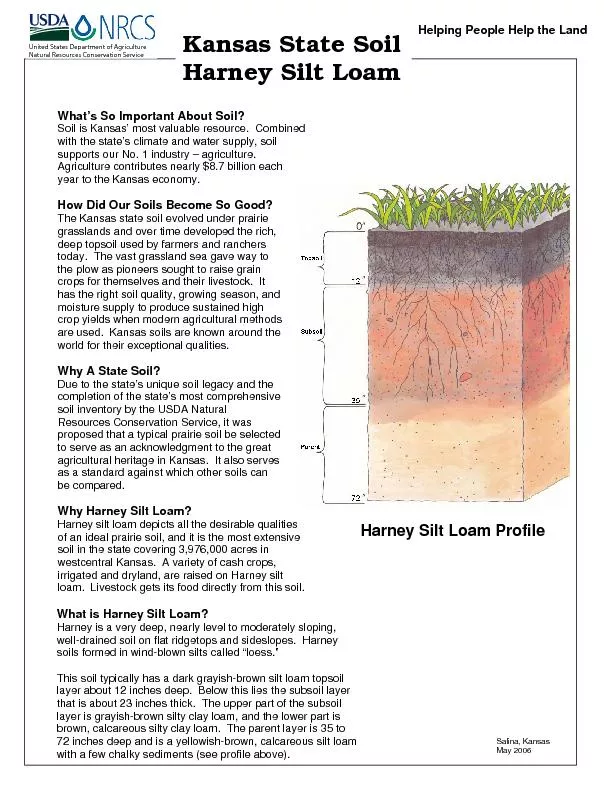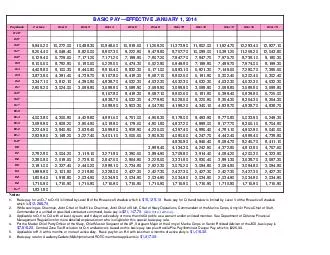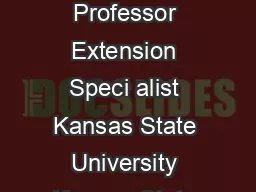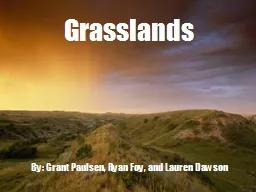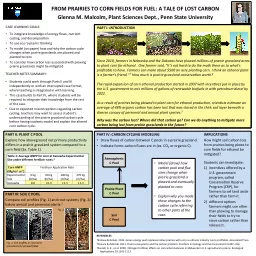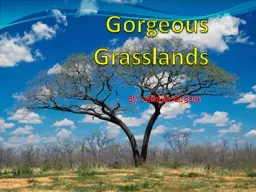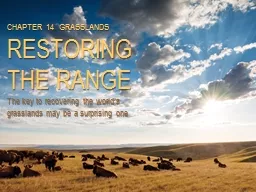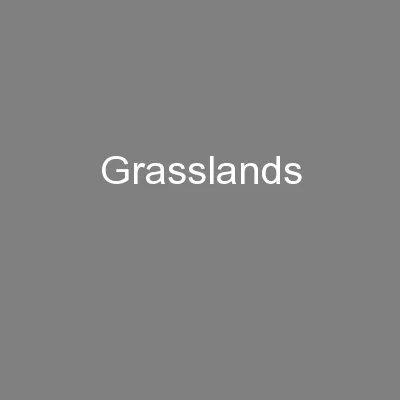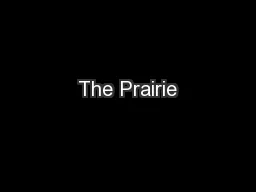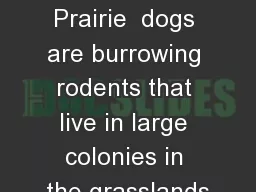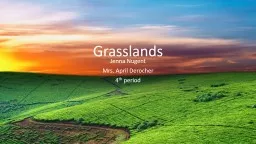PDF-The Kansas state soil evolved under prairie grasslands and over time d
Author : yoshiko-marsland | Published Date : 2016-06-22
Why Harney Silt Loam Harney silt loam depicts all the desirable qualities of an ideal prairie soil and it is the most extensive soil in the state covering 3976000
Presentation Embed Code
Download Presentation
Download Presentation The PPT/PDF document "The Kansas state soil evolved under prai..." is the property of its rightful owner. Permission is granted to download and print the materials on this website for personal, non-commercial use only, and to display it on your personal computer provided you do not modify the materials and that you retain all copyright notices contained in the materials. By downloading content from our website, you accept the terms of this agreement.
The Kansas state soil evolved under prairie grasslands and over time d: Transcript
Download Rules Of Document
"The Kansas state soil evolved under prairie grasslands and over time d"The content belongs to its owner. You may download and print it for personal use, without modification, and keep all copyright notices. By downloading, you agree to these terms.
Related Documents

